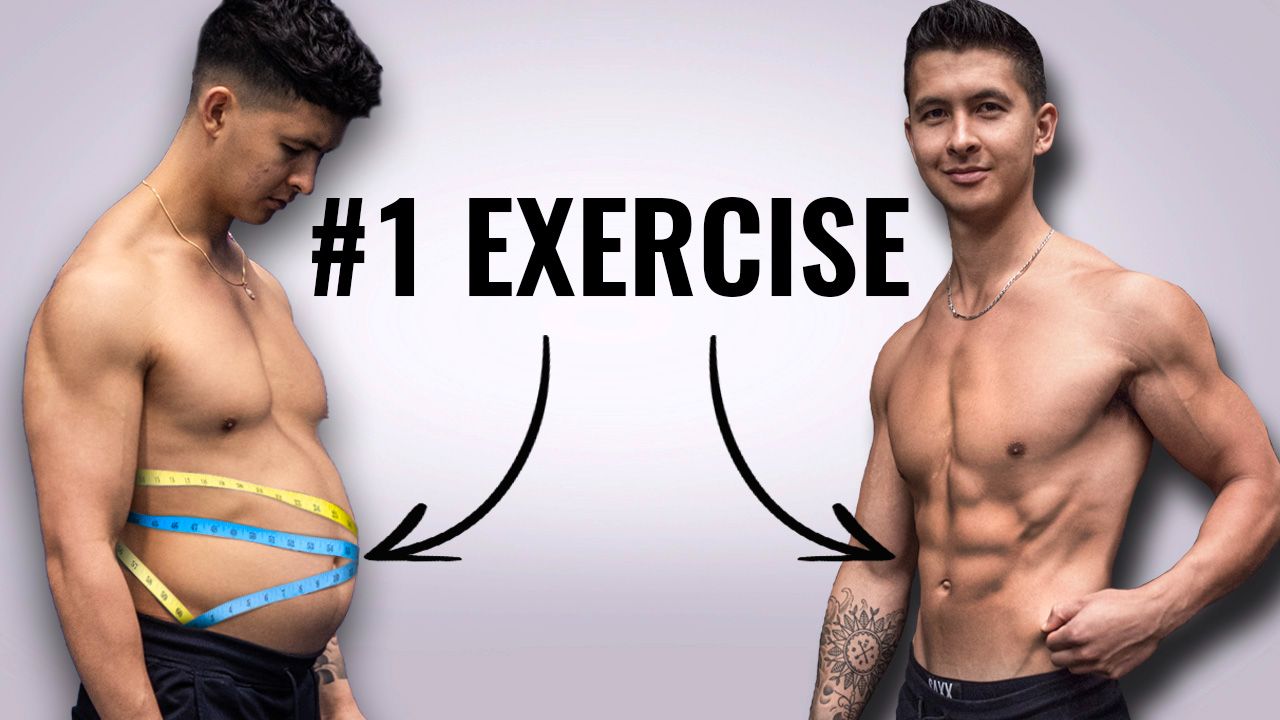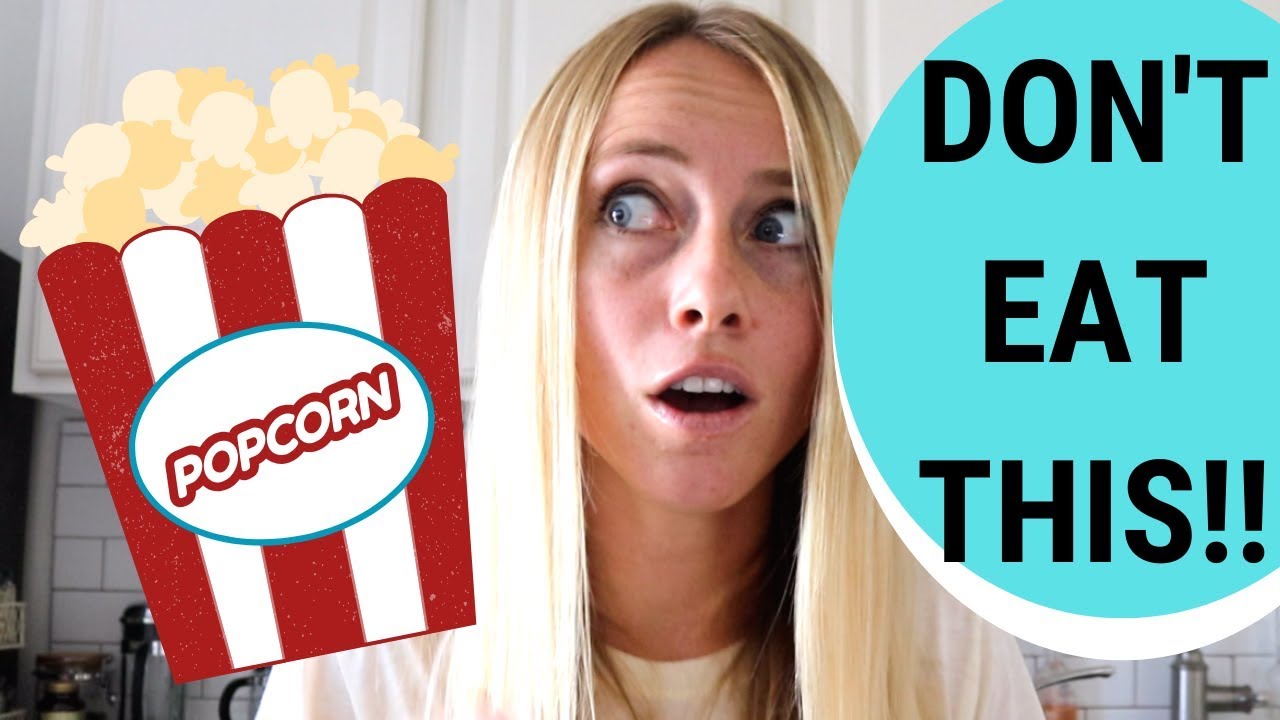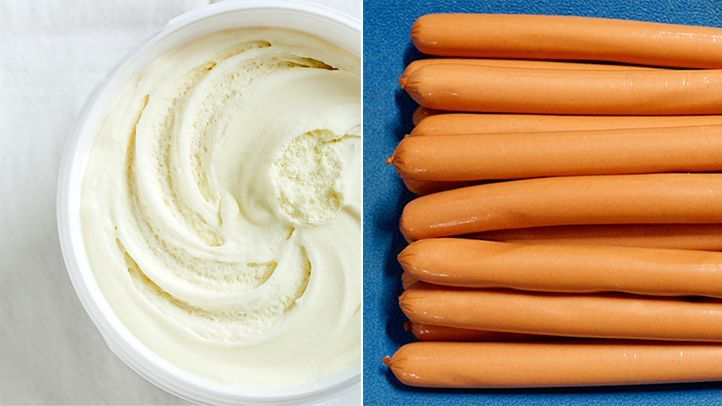
Dieta mediterranea was a style that originated in 1960s. It is influenced by the cuisines of France, Spain, and Greece. It encourages a balanced and healthy diet, with lots of vegetables, fruits, meats, as well as lean meats. It encourages regular exercise, and lots of water.
yoghurt
Yogurt can be a traditional Mediterranean dish or a healthy substitute for sweets and salads. It is high in calcium and vitamin B12 as well probiotics, which support the immune and digestive systems. Ideal is to include small amounts of yoghurt daily.
Yoghurt, which is essential for a healthy diet, helps to maintain the right amount probiotic bacteria. Low in grassi, fermentati varieties are especially important.
aceite de oliva
The Mediterranean diet is known as having a high amount of healthy fats. This oil is rich in oleic acids and can be found in fatty fish as well as nuts. The Food and Drug Administration recommends consuming at least 20g extra virgin olive oil daily. The European Food Safety Authority recommends 2 tablespoons daily.

Olive oil is a powerful antioxidant. Recent research has shown that olive oil increases blood levels of antioxidants and can be linked to weight loss. Olive oil was also shown to improve brain function in mice. This may help prevent Alzheimer’s disease.
Vino tinto
The Mediterranean diet is considered to be one of the healthiest diets in the world, and wine is an integral part of it. Although Mediterranean diets contain high levels of fat, they have low cardiovascular disease. Paradoja Fransa, which is a type of heart disease, can be linked to red-wine consumption.
It is high in antioxidants and can protect against certain diseases. It has beneficial effects for the digestive system. It can reduce the risk of heart disease, blood loss, and arteriosclerosis.
Yogurt griego
Yogurt can be an important part a Mediterranean diet. But its health benefits go far beyond the taste. This cultured dairy product is made by fermenting milk, and is a very good source of nutrients. It is high-quality in calcium, vitamin B12 and protein. Additionally, it has probiotics which can help boost your immune system and digestion. It can be used in small amounts to complement any meal.
Yogurt griga is a healthy and nutritious part of the Mediterranean diet. It contains high levels of calcium and protein. It has twice the amount of calcium and protein as its American counterpart. Yogurt griego also has probiotics. It is important that you remember that yoghurthelado frequently contains sugar.

Olive oil
Olive oil can be used to cook in many different ways. Olive oil can be burned, but this is uncommon when cooking at-home. Make sure to only buy small quantities of oil, and you should be able judge how much. Mediterranean people often drizzle oil on their fresh fruits and vegetables and breads. Try drizzling a teaspoon or so onto a tomato and taste how it tastes.
Olive oil is high in phytochemicals, antioxidants, and vitamins. These compounds can help to prevent and treat heart disease, cancer, and other diseases. Extra virgin olive oils are especially high in them. Olive oil is also a great source of monounsaturated fat.
FAQ
Why should you lose weight before reaching 40?
Maintaining health and fitness is the most important thing for people over 40. It is also crucial to find ways to keep fit throughout life. This means regular exercise, healthy eating habits, not smoking, moderate alcohol intake, and regular exercise.
It is also important for us to realize that our bodies will change with age. Our bones become weaker, and our muscles begin to shrink. It is possible to slow down the process of aging by taking good care of ourselves.
There are many benefits to staying healthy and fit as we age. These include:
-
Better sleep
-
Improved moods
-
Increased energy levels
-
Lower risk of developing cancer
-
A longer life
-
More independence
-
Better sex
-
Better memory
-
Improved concentration
-
Improved circulation
-
Stronger immune system
-
Fewer aches & pains
How can you lose weight?
People who desire to look great are most interested in losing weight. People want to be healthier and live longer. This is why they are so motivated to lose weight. There are many options for losing weight. These include strength training, cardio training, yoga and pilates. Each exercise has its pros and cons. If you are looking to burn calories, walking is your best choice. Lifting weights is a better choice if you are looking to increase muscle mass. In this article we will discuss the best exercises to use to lose weight.
It is important to determine what type of diet you should follow when you want to lose weight. You don't necessarily need to eat less food; rather, you just need to eat fewer processed foods and avoid junk food. Aim to consume no less than 2200 calories each day. Reduce your calorie intake if you are looking to lose weight more quickly. This will make it easier to lose weight.
Exercise is a great way to lose weight quickly. Exercise helps to reduce calories and improve metabolism. To lose weight effectively, you must combine exercise with a healthy diet. You lose energy when you exercise and you won't eat as much. Your body will begin to burn fat quicker if you train regularly. Regular workouts are a way to stay healthy. They keep you fit and prevent diseases such as diabetes, heart disease, obesity, hypertension, etc.
Walking is a great way to exercise. Walking can help you burn approximately 500 calories an hour. Walking for 30 minutes a day will help you burn approximately 1500 calories. Therefore, you will lose 1 pound of fat per week. For 10 minutes, you can run or jog. Running burns approximately 1000 calories an hour. If your goal is to lose 5 pounds in 3 weeks, you should run for 20 minutes three times a week.
It is important to combine healthy eating habits with exercise to lose weight. Balance these two aspects.
What Weight Loss Can You Expect In One Week?
Your body fat percentage determines how much weight you are able to lose. It is important to first calculate how much weight you wish to lose. Then, determine your BMI. Your BMI is a measure of how much weight you need to lose. If your BMI is 25 or greater, you're overweight. If your BMI falls below 30 you are considered obese.
For example, if you weigh 200 pounds, your BMI would be calculated at 28.7. To get to a healthy weight range, you'd need 70 pounds of weight loss. To see if you're overweight, visit www.healthyminds.com/bmi/.
You can calculate the number of pounds you'll lose each week by knowing your BMI.
(Your Goal Weight - Current Weight)/BMI * 7 Number Of Pounds Lost Per Week
To lose 50lbs in a month you will need 2 weeks worth of exercise. This equals 56 days. Then, divide that by 7 pound per day. This equates to an average of 8.3lbs per week.
You could also try this calculator from www.weightlosscalculator.net. This calculator gives you an estimate of how many calories are needed to lose 1 pound per day.
What foods will help me lose weight more quickly?
Eating fewer calories can help you lose weight faster. This can be done in two ways:
-
Reduce the number of calories you take in daily.
-
Through physical activity, you can increase the amount of calories that you burn.
It's easy to reduce how many calories you consume. There are calorie-laden fast food options all around us. But, here's a list of foods that will help you shed those extra pounds.
-
Beans are rich sources of fiber, protein, and other nutrients. They have very little fat making them a great option for dieters trying to reduce their caloric intake.
-
Oatmeal has low calories, but high levels of nutrients such as magnesium and potassium. Plus, it contains less sugar than other cereals.
-
Eggs are full of cholesterol and protein. Eggs can be eaten once or twice per week to increase metabolism, which will help you burn more calories during the day.
-
Whole grain bread can reduce hunger pangs, so you might feel fuller for longer.
-
Dark chocolate contains antioxidants and flavonoids that have been linked both to better cardiovascular health and lower blood pressure.
-
Cottage cheese is high-in calcium, which can help build strong bones. Cottage cheese also contains vitamin D, which can boost immunity.
-
Salmon is high in omega-3 fatty oils, which are good for brain development and heart health.
-
Green tea is rich in catechins, compounds which fight cancer and increase metabolism.
-
Broccoli is an excellent source of folic acids, which helps to lower homocysteine levels. Homocysteine concentrations that are too high have been linked with an increased risk for heart disease and stroke.
-
Yogurt is a great way to add probiotics into your diet without loading up on added sugars. Probiotics are vital for good digestive health.
-
Berries are delicious and nutritious snacks. There are many great sources of vitamins, minerals in blueberries, strawberries, blackberries and raspberries.
-
Avocados are full of healthy fats. A half avocado has 80 calories but plenty of filling fiber.
-
Nuts make a delicious snack and are also a good source of protein. You can choose from cashews or hazelnuts, almonds, walnuts or pecans.
-
Sweet potatoes, another starchy vegetable, are rich in beta-carotene which gives your skin a glow. Because of their higher beta carotene levels, orange sweet potatoes are particularly good.
Are there any side effects of intermittent fasting?
Intermittent fasting is safe and has no side effects. You might have minor problems if your plan is not well thought out.
For example, if you skip breakfast, you might be irritable all day long. Other symptoms include headaches, dizziness and fatigue as well as muscle cramps.
These symptoms typically disappear in a matter of days.
Can I eat fruits when I am intermittently fasting?
The health benefits of fruits are numerous. They are rich sources of vitamins, minerals. Fiber, antioxidants, as well other nutrients. However, they do contain sugar which can cause blood glucose levels spike. This can lead both to insulin resistance and weight loss. If you're looking to lose weight with an IF diet then you should choose fruits that are low in glycemic.
Statistics
- One study in 9 active men found that HIIT burned 25–30% more calories per minute than other types of exercises, including weight training, cycling, and running on a treadmill (18Trusted Source (healthline.com)
- A 12-week study in 20 women with obesity found that walking for 50–70 minutes 3 times per week reduced body fat and waist circumference by an average of 1.5% and 1.1 inches (2.8 cm), respectively (healthline.com)
- One 6-month study showed that simply doing 11 minutes of strength-based exercises 3 times per week resulted in a 7.4% increase in metabolic rate, on average. (healthline.com)
- According to a study sponsored by the American Council on Exercise, a person weighing around 140 pounds (64 kg) would burn 108 calories at a 30-minute beginner's Pilates class or 168 calories at an advanced class of the same duration (26). (healthline.com)
External Links
How To
How to exercise for weight loss
The best way to lose weight is through exercise. Many people do not know how they should exercise. Exercise should include cardio exercises such as running, cycling, swimming, walking, etc., and strength training exercises such as lifting weights, making pushups, pull-ups, squats, lunges, etc. Combining both of these exercises will help you lose weight the most. Start exercising and find friends to support you. You can either go to the gym or walk around your local area. Whatever type of activity you choose, make sure that you stick with it consistently. It's easy not to stick with a routine when you first start working out. Keep at it!